In Their Own Words: Tears For Fears on the story of The Seeds of Love
New interviews from SDE editor, Paul Sinclair

Finally out today is the reissue of Tears For Fears‘ 1989 album The Seeds of Love. Back in 2015, I had the pleasure and privilege of interviewing all the major players involved in the album and, from those conversations, built the ‘story’ of the album using only the words of the band, producers, co-writers and collaborators. This features in the booklet that comes with the 4CD+blu-ray super deluxe edition of The Seeds of Love, but below is an exclusive extract, giving you a flavour of quite how candid all the participants were and offering the most detailed picture to date of what when on behind the scenes and why the album took so long to make….
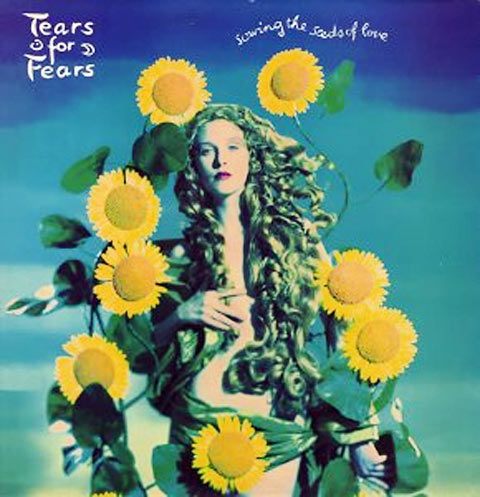
Sowing the seeds of The Seeds of Love
Roland Orzabal: In a sense, the germ of Seeds of Love was the moment in August 1985 when I heard Oleta Adams playing at the piano with a bass player and a drummer in Kansas. That really was the point at which I realised how sick I was of what we were doing. This was our second trip across America playing the same set with the Revox [tape machine] on stage and there was this woman I’d never heard of singing in a bar in a hotel – admittedly with her own select audience.
Curt Smith: We sat there and listened to her whole set and we thought âwhy can’t we get back to enjoying it that much?’ because she obviously had a connection to what she was doing, which was more than the connection that we had to what we were doing at that time. This is talking about touring, not about making music. We didn’t speak to her that night. We just remembered her name.
Oleta Adams: I knew they were there, but I was used to a lot of very well known artists coming in to listen, so my thing was not to bother them, just let them be. They’d like to be entertained, or rest or whatever, so I didn’t bother to approach them. I was singing my heart out. John said âTears For Fears are here’ and I thought âThat’s nice. What’s a British pop group going to do for me!’ [laughs]. I received a phone call [two years later in autumn 1987] and Roland started telling me what he had experienced that evening. At that time they told me they had written a song called ‘Woman in Chains’ and they wanted me to bring that kind of feeling to the song. I thought âWell, that’s nice – that’s really nice. Sure, why not⦒ and when I hung up I expected not to hear from them againâ¦
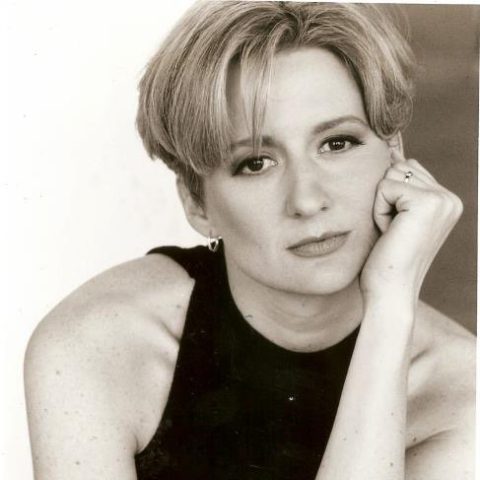
Nicky Holland co-wrote five songs on The Seeds of Love
A new writing partnership with Nicky Holland
Roland: We certainly didn’t have a clue when we first started. There was no master plan or else the whole album would’ve been much easier and quicker to complete.
Nicky Holland [pianist and songwriter]: The first thing I’d done with Roland, creatively, was a version of Robert Wyatt’s ‘Sea Song’, which was the B-side for ‘I Believe’, and we did that in L.A. in the middle of the Songs From The Big Chair tour. We got to soundcheck one day and no one else was there. Roland just went up to the mic and sang, âIn my head there is a mirror⦒ He’d had some experience where he’d overheard people talking about him the night before. So he had four lines of lyrics and this melody, and I was sitting at the piano, and just started⦠we just started vamping and figuring things out. So it started like that.
Chris Hughes [producer of Songs From The Big Chair]: Ian Stanley had been Roland’s compadre, if you will, when we were doing the Songs album. He was the guy Roland would turn to, to ask for extra chords or check on something, and Ian was quite supportive of that. I don’t know quite where that relationship went wrong, but it did. And I just think Nicky turned up and she was fantastically helpful. Roland got a lot of confidence from her. They’d sit and jam, and she’s a fantastic piano player, anyway. The two of them would just hang out and have writing sessions.
Curt: Roland first bought a flat in the West End somewhere before he moved up to Belsize Park, later. I remember it was a top floor flat and he bought this very expensive red grand piano – which I think he still has – that they had to crane into the building. It had to go in the window in the top floor. I think that’s where the majority of the initial writing got done. I remember going to visit that apartment quite a few times with him and Nicky and sitting around this big red piano. But I was still living in Bath, so I’d come up to London to see how things were going.
Roland: I would walk across to Nicky’s flat, which was a walk away from where we were living and we came up with ‘Advice for the Young at Heart’ – her chords. We thought, âWow, this is really good,’ at least the original demo sounded very promising. It didn’t sound like the way it ended up – it was a lot simpler. Curt came along and he would listen and was fairly excited by the new direction but I don’t think the record company were
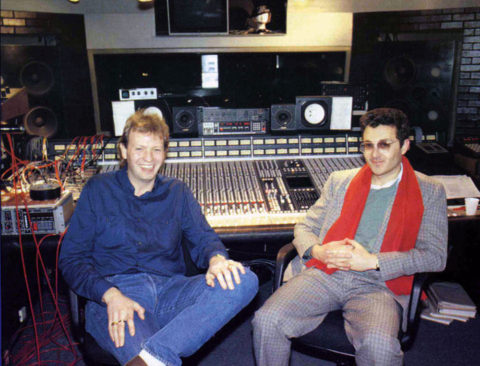
Clive Langer (right) and Alan Winstanley (left) at work in the 1980s
Aborted Langer and Winstanley sessions
Dave Bates [A&R man] : I think it was Roland who wanted to bring in Langer and Winstanley, although it could have been me because I’d worked with them on The Teardrop Explodes, and they did other things for me as well. Obviously, they were hugely successful.
Roland: We’d always been fans of Clive Langer from the Madness days and Robert Wyatt with ‘Shipbuilding’ as well as the Elvis Costello album, Punch the Clock.
Alan Winstanley [producer]: I remember saying about a high-hat pattern, ‘maybe we could just double it up in the chorus’, something that would have taken – if it was a real drummer playing it – one take, but because we were doing it all programmed on a Fairlight – it was not stuff that Clive and I were familiar with. You know, we never worked on any of that. We’ve always worked with real bands and then suddenly I’m saying to him, “Well, you can programme that high hat to double up on the choruses?” and it took like four hours! Clive and I were pulling our hair out.
Clive Langer [producer]: I was working with them for about two months or two and a half months or something and going to their houses and like listening to the same song over and over again and I think I pushed it into a more jazzy, freer space and they liked things a bit more structured where they know every note that’s going on, whereas I’m a bit looser. So when we did our first rough mix, they baulked and then lost confidence in us.
Dave Bates: Roland decided it wasn’t working. There just wasn’t the spark and it was not the thing he was looking for.
Dave Bascombe [engineer & co-producer]: A lot of artists are pretty headstrong and know what they want, but they go off with producers because they think they want something else. In fact they find they don’t really want that input – it’s always a battle.
Curt: The problem when you’re working with producers is that you may like every record they’ve made, but you don’t know how much of that comes from the producer and how much comes from the artist. When you go into a studio with these people, you may love their work, but it doesn’t mean it translates to working with you.
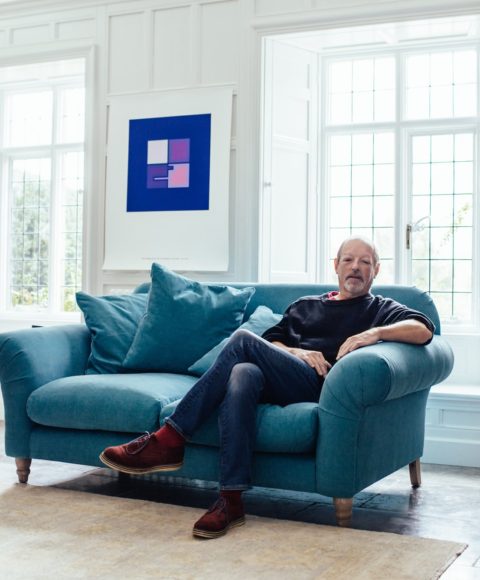
Producer Chris Hughes pictured in 2018
Chris Hughes: Should I Stay Or Should I Go?
Roland: After Langer and Winstanley, the move was to try and get the Big Chair team back in, Ian, Bascombe, Chris Hughesâ¦
Dave Bates: Chris Hughes was brought back in and he ended up shaping a lot of the songs for The Seeds of Love album.
Curt: Chris came back partly due to record company pressure and our own comfort level with him, even though we were trying to get away from that! I was around quite a bit during this period. I’d rented a flat near Roland’s house in Belsize Park, in England’s Lane. I was there every day and at weekends I’d drive back to Bath. It was later on when I was going through a divorce that I was around less, but that was when we were working on our own in the Townhouse [studio].
Chris Hughes: I left after about 10 months or so. I came back [later] and heard other things and made comments and was involved in other bits and pieces. I think we hit a place of, not disagreement, but not working together well, where it was very productive.
Curt: Chris is Mr. Pragmatist. If you hear things differently, he’s happy to step away from it. It’s not an easy thing to do but he doesn’t take it personally. We’re still friends to this day. We managed to convince the record label that we didn’t need a producer. And also we had Dave Bascombe, although not that he’s a producer, as such, he does get a co-producer credit. He was the record company’s ears, I think.
Dave Bascombe: I’d say my role was collaboration in trying to get where we’re both trying to go rather than me trying to steer them somewhere that I thought it should go. Engineers are often credited as co-producers, especially if you put in the hours! I was never going to be saying, âThis isn’t good enough,’ that wasn’t my role.
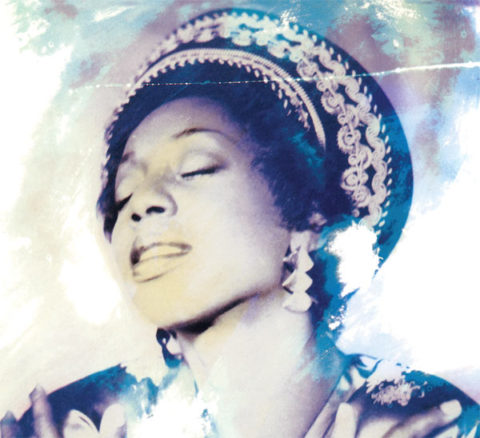
‘Get Oleta’ and Woman in Chains
Roland: We’d be trying to do guitar on ‘Woman in Chains’ and I don’t even know why, because it was all there anyway, but Chris Hughes quoted some example from Fleetwood Mac or something, I don’t know. I was getting very frustrated, he was getting very frustrated and I had to choose between hitting him over the head with my guitar or walking out, so I walked out. I said to Curt the next day I’m not working with him again. This would have been November 1987. By this time we knew it was a duet because I was singing the girlie parts. I said to Curt âlet’s fly back to Kansas and meet Oleta’ and we flew in November or December to Kansas, without a producer.
Curt: We both flew on Concorde, if I remember correctly, to New York and then took a plane to Kansas and went to see her. We invited her to come to England and sing on our record. I think if we hadn’t gone to see her she wouldn’t have thought it was real. I think maybe she thought that someone was playing a joke on her at that point.
Oleta Adams: They specifically came over to see me and they spent three or four days with me. During the daytime they’d come over to my house and we’d talk, sit at the piano and play songs for each other. They’d tell me how they got together. You know, I was aware of them because everybody had heard ‘Shout’ and ‘Everybody Wants To Rule The World’. And when I had to play my gigs, they came to the gigs with me and sat there. I had already scheduled that next year – in 1988 – to go on a piano bar tour of Scandinavia. So I would spend six months touring, a month here, a month there – in Malmo, Stockholm, Oslo – to play piano bar. So before I went there I stopped off to do the recording at the top of the year [January] and recorded for one month with Tears For Fears.
Roland: So we got her in and we had Manu Katche on drums and Pino Palladino on bass and started playing live. That was really when the album kicked off, it was really getting Oleta involved. It’s almost like every album needs a key person and one to unlock it. Maybe Ian Stanley did that in Big Chair, I don’t know. It was incredible; those live sessions were magical.
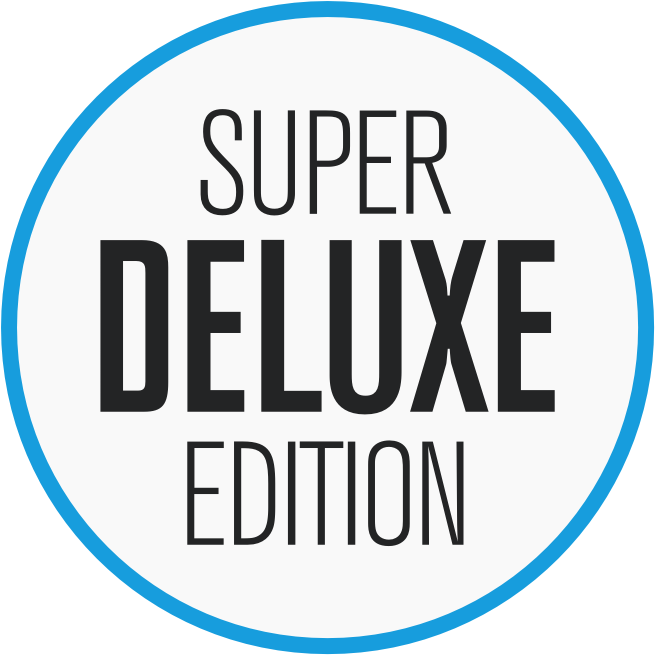
 Interview
Interview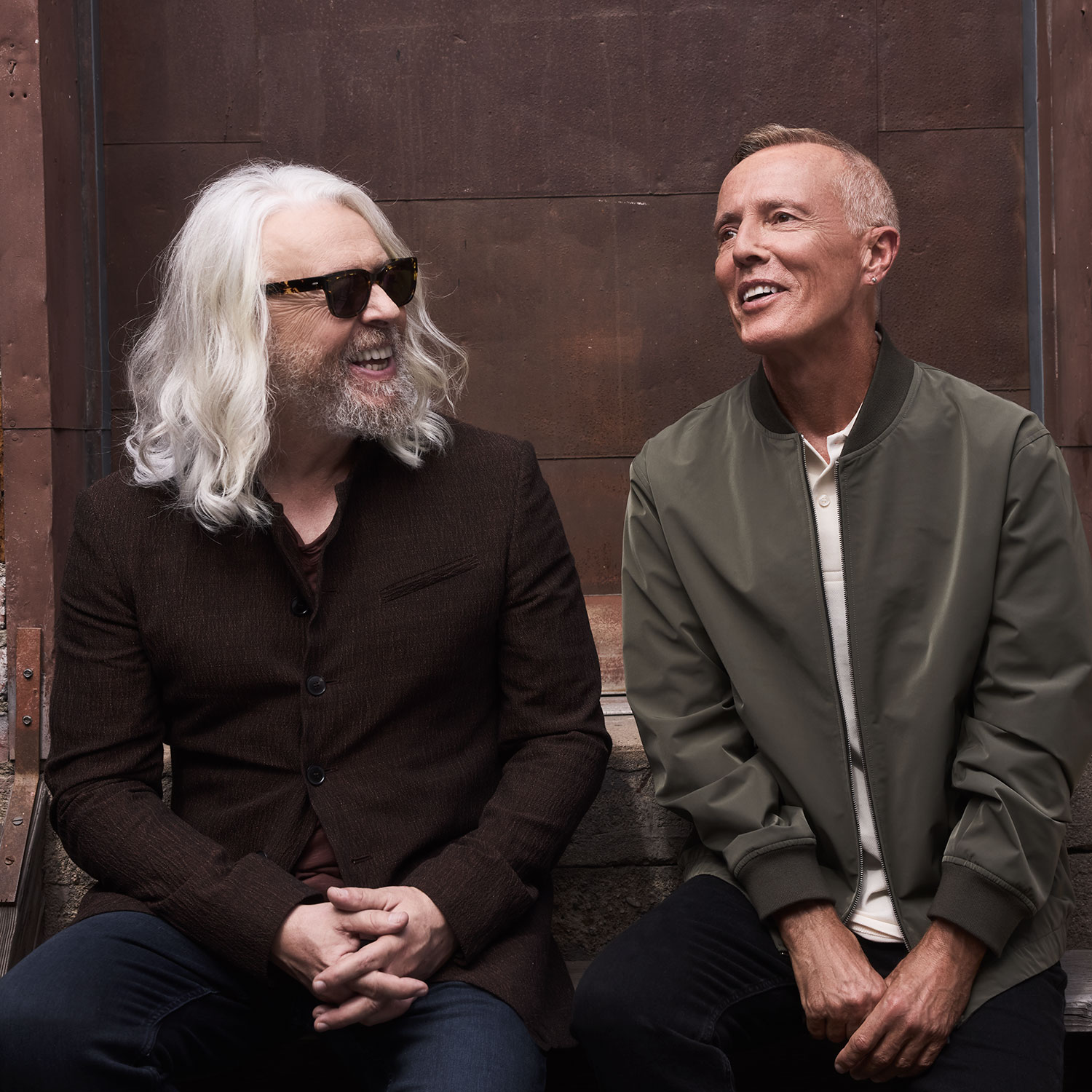
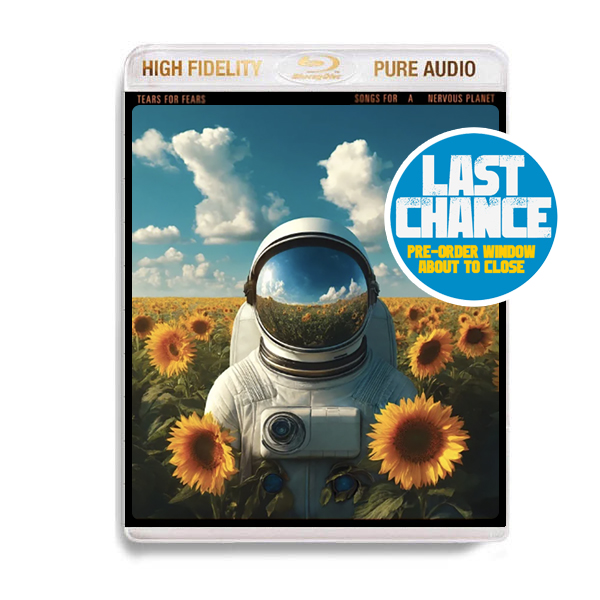
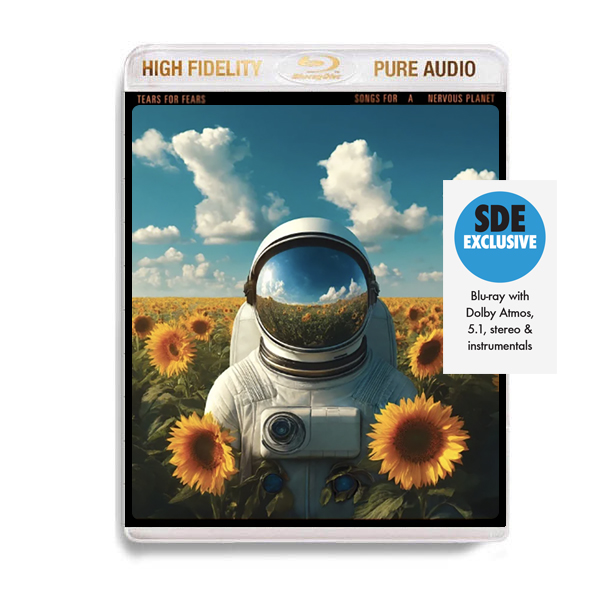
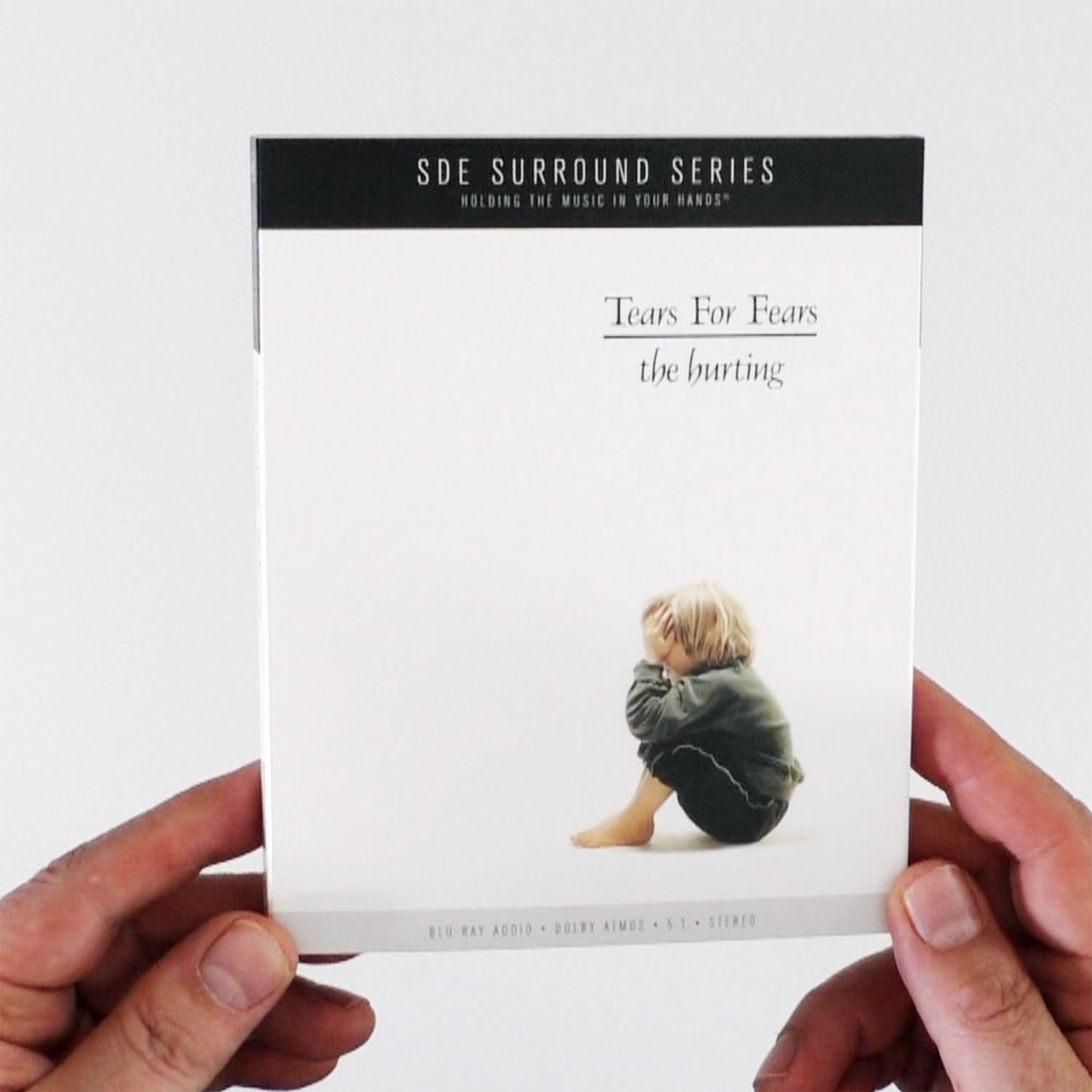
 SDEtv
SDEtv
By Paul Sinclair
134